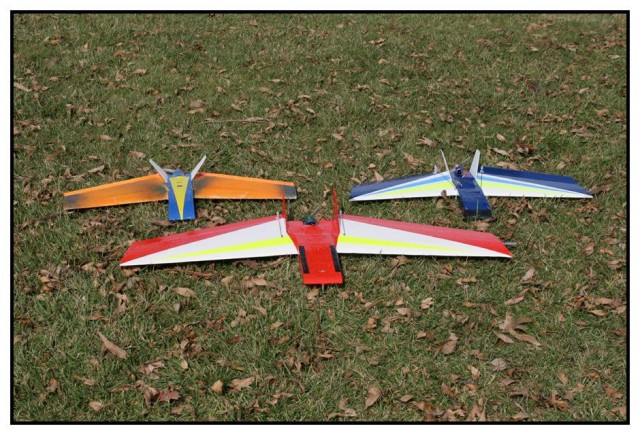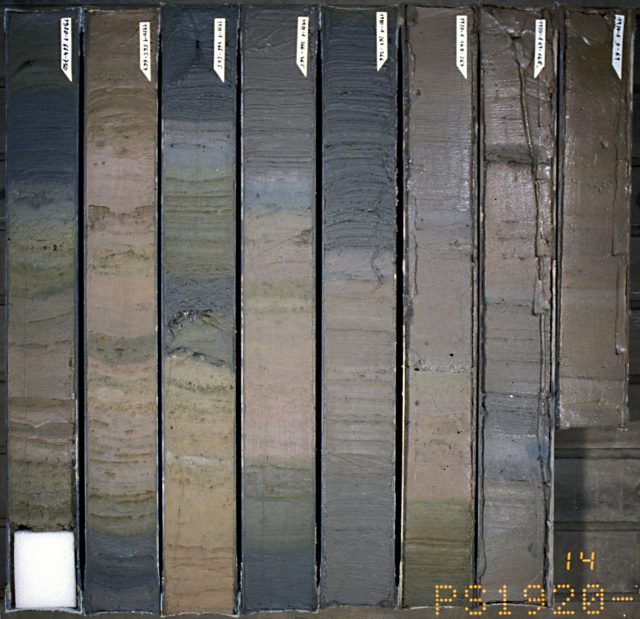Data privacy watchdogs are warning the public about a Russian website that provides links to breached webcams, baby monitors and CCTV feeds.
Category Archives: Technology
‘Poorest of Poor’ Test Talking Tech
A charity is to give away 2,000 Talking Book audio computers to some of Ghana’s poorest communities after securing funds from Unicef and ARM.
How Splitting a Computer Into Multiple Realities Can Protect You From Hackers

Jelle Martens Eight years ago, Polish hacker Joanna Rutkowska was experimenting with rootkits—tough-to-detect spyware that infects the deepest level of a computer’s operating system—when she came up with a devious notion: What if, instead of putting spyware inside a victim’s computer, you put the victim’s computer inside the spyware? At the time, a technology known […]
The post How Splitting a Computer Into Multiple Realities Can Protect You From Hackers appeared first on WIRED.
![]()
Amnesty Releases Anti-spying Program
Amnesty International has released a program that can spot spying software used by governments to monitor activists and political opponents.
Hacker Lexicon: What Is the Dark Web?

With the rise and fall of the Silk Road—and then its rise again and fall again—the last couple of years have cast new light on the Dark Web. But when a news organization as reputable as 60 Minutes describes the Dark Web as “a vast, secret, cyber underworld” that accounts for “90% of the Internet,” it’s time for a refresher.
The post Hacker Lexicon: What Is the Dark Web? appeared first on WIRED.
![]()
Google’s Project Loon Woos Telecom Giants
Some telecom analysts view Project Loon, Google’s effort to beam Internet signals from high-altitude balloons, as a threat to incumbent carriers. But Google wants to partner rather than compete, and some large wireless players have stepped forward.
FAA Can Regulate Small Drones: NTSB Reverses Judge’s Ruling
Overturning a federal judge’s ruling that the FAA was wrong to fine a man $10,000 for flying a small drone, the NTSB says the agency can regulate such drones as “aircraft.”
Google Can Now Describe Your Cat Photos
Google scientists developed artificial-intelligence software that can decipher the action in a photo, and write a caption to describe it.
Researchers Craft A Battery That Can Be Recharged with Waste Heat
Pretty much anything we do that involves energy, from generating electricity to using it in a laptop, produces energy in the form of heat that ultimately goes to waste. The problem is that all of the means we have of converting heat into useful energy require large temperature differences. The waste heat, by contrast, is a low-grade energy source, usually involving temperature differences of less than 100 degrees Celsius.
So far, attempts to find ways of producing useful energy from waste heat have largely focused on thermoelectric devices, which directly convert temperature gradients to electricity. But these devices generally cost a lot to produce, so the economics of using them to capture waste heat are pretty questionable. But now researchers have produced a demonstration of a device that acts more like a battery that can be charged or discharged based on temperature differences. Although it’s not especially efficient, the ability to store charges may add significantly to its utility.
The research team involved in the work (a collaboration between people at MIT and Stanford) had previously demonstrated an actual battery that took advantage of temperature differences. In that example, which relied on a copper-based chemical reaction, charging and discharging took place at two different temperatures. At an elevated temperature (perhaps one provided by waste heat), the voltage difference needed for charging was lower than it would have been otherwise. By dropping the battery to room temperature during discharge, their battery produced a higher voltage. In essence, the temperature difference was used to get more useful current out of the battery.
Read 6 remaining paragraphs | Comments
Gov’t Board: Like A Drone, Your RC Aircraft is Regulated by Law, so Pay up

A National Transportation Safety Board (NTSB) panel has reversed a decision made earlier this year by an NTSB law judge, finding that a man’s remote-controlled model plane was indeed an aircraft. Raphael Pirker must pay the $10,000 fine that was originally ordered for violating the provision that prohibits commercial use of an unmanned aircraft.
As we reported in March 2014, Pirker used a RiteWing Zephyr II remote-controlled flying wing to record aerial video of a hospital campus for use in a television advertisement back in 2011. The year before, he posted a video filmed from a drone flying over New York City—including a close shot of the Statue of Liberty. Law enforcement did not interfere with Pirker, and he even gave the New York Police Department and the National Park Service a shout-out for “staying friendly, professional, and positive.” But the Federal Aviation Administration (FAA) wasn’t amused and brought the civil case against Pirker.
Writing for the board in the judicial order, Acting Chairman Christopher Hart states:
Read 9 remaining paragraphs | Comments
NTSB Rules Drones Subject to FAA Rules
The National Transportation Safety Board upheld a Federal Aviation Administration fine against a man for operating a drone recklessly, ruling drones are aircraft and subject to existing FAA rules.
Giant Robot Trucks Rise in Australia
Huge robots slog it out in Australia’s outback
More Detailed Paleoclimate Records, Brought to You by Lasers
There are a number of ways that nature has preserved climatic clues providing crude telescopes to view Earth’s past. Whether it’s plankton, pollen, or glacial ice, however, the images we see are fuzzy. Some represent summer conditions more than winter. Some can be distorted by shifting winds or ocean currents. All have some limit to their magnification—showing, at best, the average of a year, a century, or a millennium.
The different temporal resolutions come from the rate at which the record accumulates information. A centimeter of ice in an ice core might have come from just one year’s snowfall, while one centimeter of seafloor sediment might have taken a century to pile up. But another part of the limitation comes from how much of the sample we need to use to generate one data point. Now, some researchers have figured out how to get a lot more out of less sample.
Cut to the core
When an ocean sediment core is brought up, it’s usually split in half. One half will be sent into storage for future study, and the other will be carved up into little chunks and bagged for different physical and chemical analyses.
Read 10 remaining paragraphs | Comments
Cue Gets $7.5 Million to Build $199 Home Flu-Testing Device
One of Uber’s earliest investors is betting that millions of consumers will one day test themselves for the flu and other medical conditions.
Google Makes Image Recognition Leap
Google scientists claim a breakthrough in the way software can describe the content of pictures.
Drones Aren’t Toys, U.K. Regulators Warn
Regulators and legislators worry that people buying drones, or those that get such remotely piloted aircraft as gifts, may simply be unaware of the responsibilities that come with operating the system.
Intel to Combine PC, Mobile Chip Groups
Intel Corp. plans to combine operations that handle chips for personal computers with those targeting smartphones and tablets, according to an email sent to employees by Chief Executive Brian Krzanich.
Ultra HD Gives Firms Clearer Picture
4K video catches up with stills photography
Drones ‘Being Used to Harass People’
Unmanned drones are “undoubtedly” being used to harass people and it is difficult catching those responsible, police tell a House of Lords committee.
‘Flying Doughnuts’: Airbus Files Patent For A New Kind Of Plane
The new design would seat passengers within a circular seating area rather than in short rows inside a tube.

